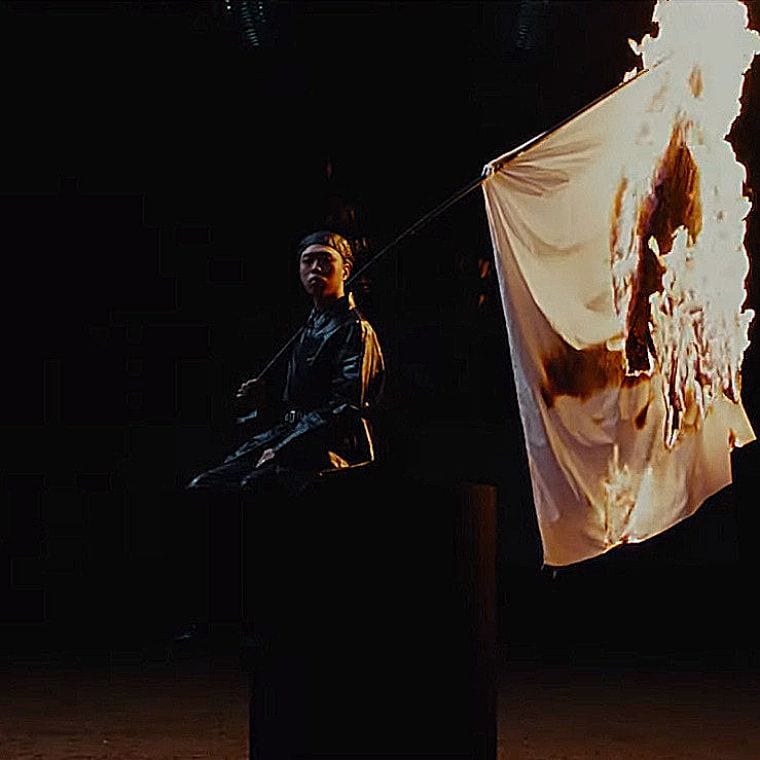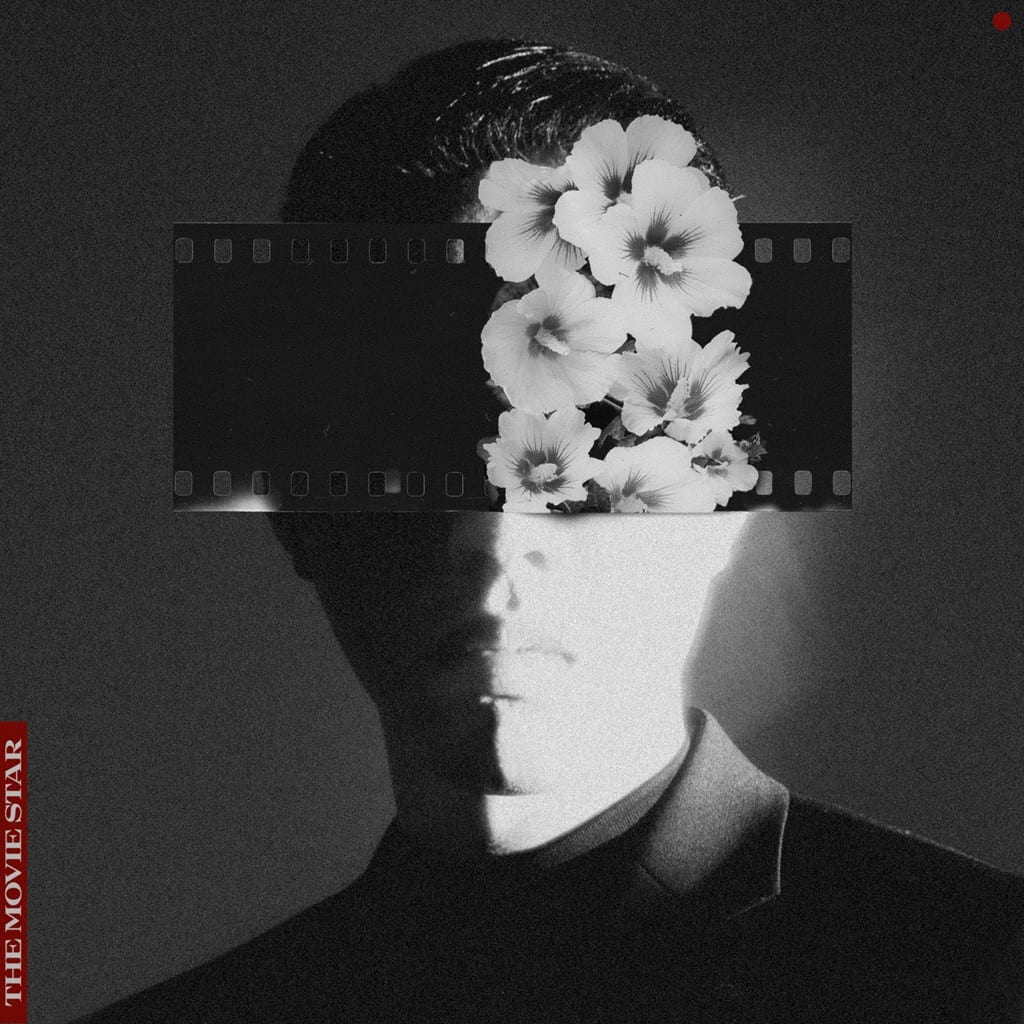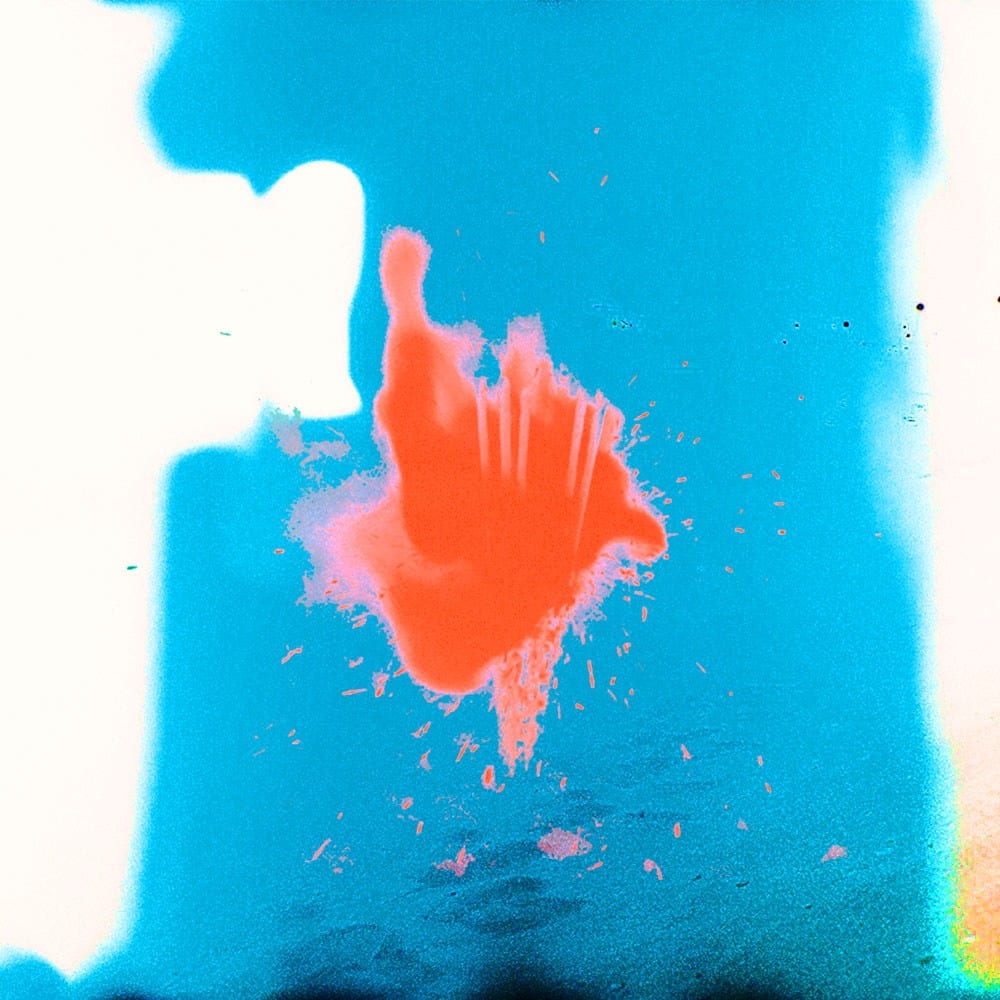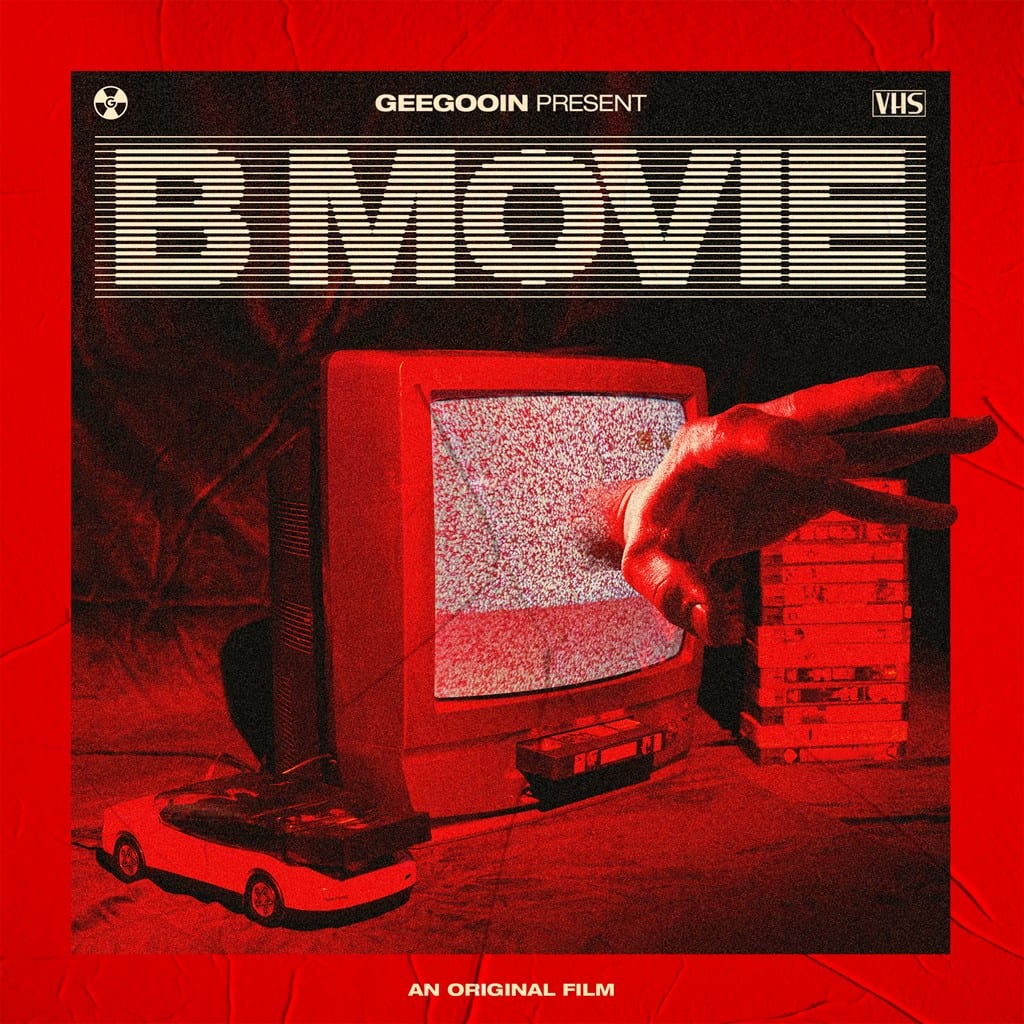“GOTTASADAE.” First of all, BewhY… ARE YOU KIDDING ME WITH THIS VIDEO?! How does one articulate the mastery of one of the most brilliant pieces of visual art to come out of South Korea? There are so many avenues. So many theories. However, one thing stuck out to me in about a dozen different ways. The ego of man. “GOTTASADAE” seems to be the perfect visual representation of a man constructing a kingdom unto himself. BewhY and director Hobin have expressed that with form, color, and references, all of which blew my mind.
BewhY releases “The Movie Star” LP and “GOTTASADAE” MV
BewhY has released his “The Movie Star” full-length album with Crush, Simba Zawadi, Verbal Jint, SUMIN, C JAMM, and Khundi Panda today.
Paloalto releases double single “Love, Money & Dreams, Part 2”
Paloalto has dropped the double single “Love, Money & Dreams, Part 2” today, which was produced by Code Kunst and Stally and features BewhY.
“Kill Bill Special Stage” featuring all contestants released
“Kill Bill Special Stage” contains not only all tracks released so far, but also three additional ones, like Dok2‘s “On My Way” trilogy in one track!
BewhY releases new digital single “CHALLAN”
With his new single “CHALLAN,” BewhY brings you the kind of rap and music that you have never heard before.
“Kill Bill Final” with BewhY, Dok2, and Rhythm Power released
“Kill Bill Final” contains three tracks: one by BewhY, one by Dok2 featuring Yoonmirae, and one by Rhythm Power featuring Dynamic Duo and GRAY.
“Kill Bill Semi Final” with BewhY, YDG, and Rhythm Power released
The fourth release via MBC’s “Target: Billboard — Kill Bill,” “Kill Bill Semi Final,” includes tracks by BewhY, YDG, and Rhythm Power featuring Coogie.
Geegooin releases “B movie” EP and “Mudslinging (Feat. Jay Park)” MV
The first mini album of Rhythm Power‘s Geegooin, “B movie,” features Boi B, BewhY, The Quiett, Jay Park, and Lil Boi.
Babylon releases first LP, ‘CAELO’, and ‘One More Night (Ft. VINXEN)’ MV
Singer Babylon’s first LP, ‘CAELO‘, features VINXEN, Verbal Jint, The Quiett, TakeOne, Nucksal, BewhY, SUPERBEE, jeebanoff, Sophiya, and nafla.









